Jicama Profile
Written by Joy
Nov 06 2020
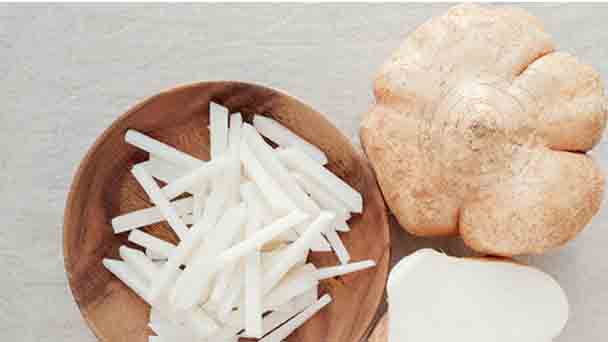
Jicama is a legume family, Jicama is a herbaceous twining vine. Its roots are massive, fusiform, or oblate, fleshy. Pinnate compound leaves; stipules linear-lanceolate, leaflets rhomboid or ovate, lobes small, acutely pointed, racemes, bracteoles bristly, early fall. The corolla of Jicama is light purple or light red, the flag petals are nearly round, the wings are sickle-shaped, the style is curved, the pods are band-shaped, flat, and the seeds are nearly square and flat. Jicama generally blooms in August and bears fruit in November.
Jicama morphological characteristicsJicama growth habit and growing environment and distributionJicama efficacy and roleJicama cultivationGerminationSowing
Jicama was originally distributed in tropical America. It is distributed in Taiwan, Fujian, Guangdong, Hainan, Guangxi, Yunnan, Sichuan, Guizhou, and cultivated in Hunan and Hubei. Jicama likes a warm, sunny environment, with strong resistance to drought, waterlogging, and barrenness. It does not have strict requirements on the soil. It is suitable for sandy loam with deep topsoil, high dryness and moderate fertility.
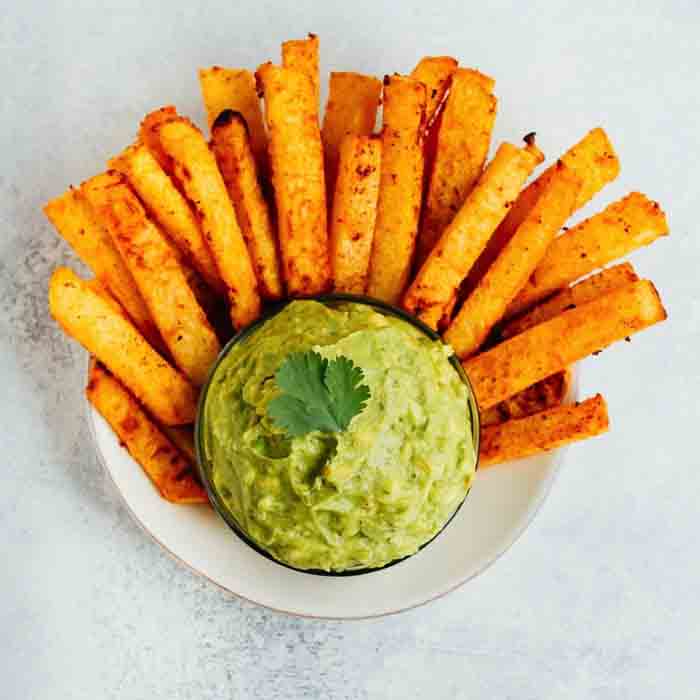
Jicama morphological characteristics
Jicama is a grassy vine with a coat, sometimes slightly woody at the base. Its root is massive, fusiform, or oblate, generally about 20-30 cm in diameter, and fleshy.Pinnate compound leaves with 3 leaflets; stipules linear-lanceolate, 5-11 mm long; small stipules cone-shaped, about 4 mm long; leaflets rhomboid or ovoid, 4-18 cm long, 4-20 cm wide, Irregularly lobed above the middle, lobes small, acutely pointed, very unequal on both sides of the lateral leaflets, only slightly hairy underneath.
The raceme of Jicama is 15-30 cm long, with 3-5 flowers per node; bracteoles are bristly, early-falling; the calyx is 9-11 mm long, with closely attached long bristles. The corolla of Jicama is light purple or light red, the flag petal is nearly round, 15-20 mm long, there are a yellow-green patch and 2 callus-like appendages near the base of the center, and 2 semicircular, upright appendages above the petal Ears, wing petals are sickle-shaped, base with linear, downward long ears, keel petals are nearly sickle-shaped, 1.5-2 cm long; stamens are two bodies, 1 free from the flag petal. The ovary of Jicama is light yellow with long bristles, the style is curved, and the stigma is located on the ventral surface below the top.
Jicama growth habit and growing environment and distribution
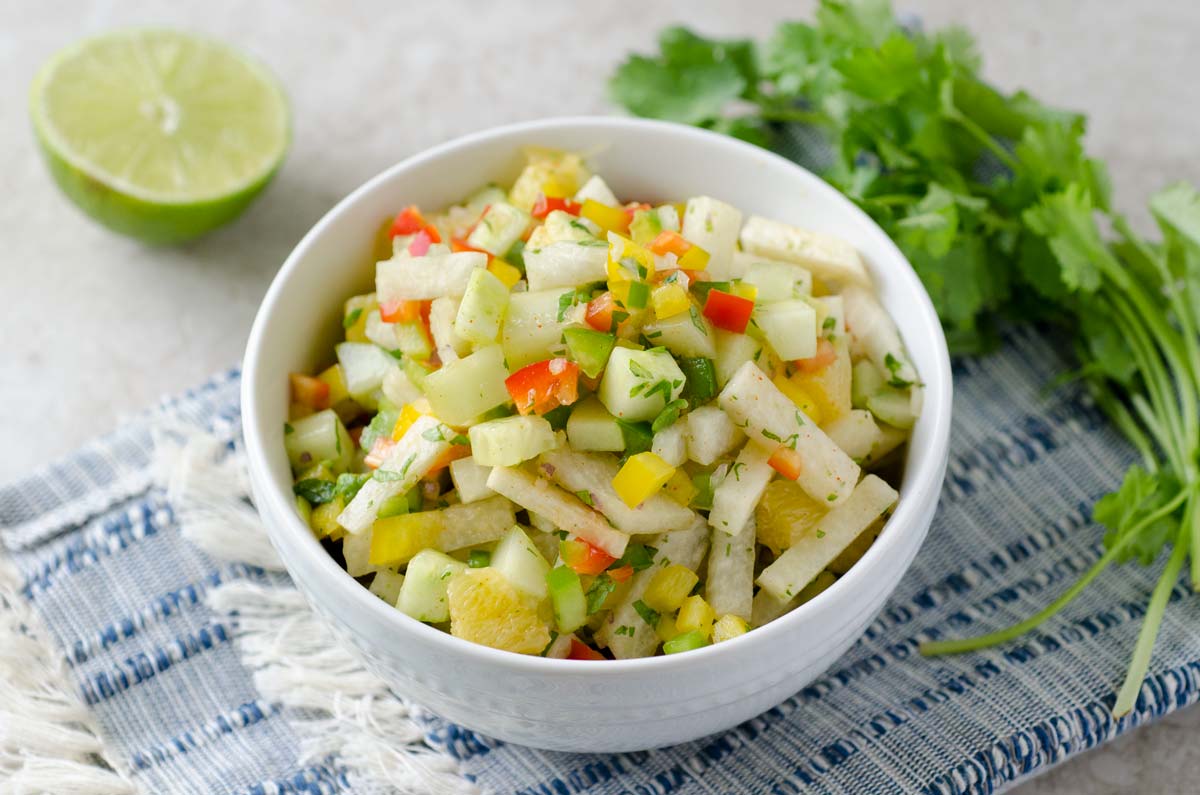
Jicama is native to tropical America and is grown in many tropical regions. It is cultivated in Taiwan, Fujian, Guangdong, Hainan, Guangxi, Yunnan, Sichuan, Guizhou, Hunan and Hubei.
Jicama efficacy and role
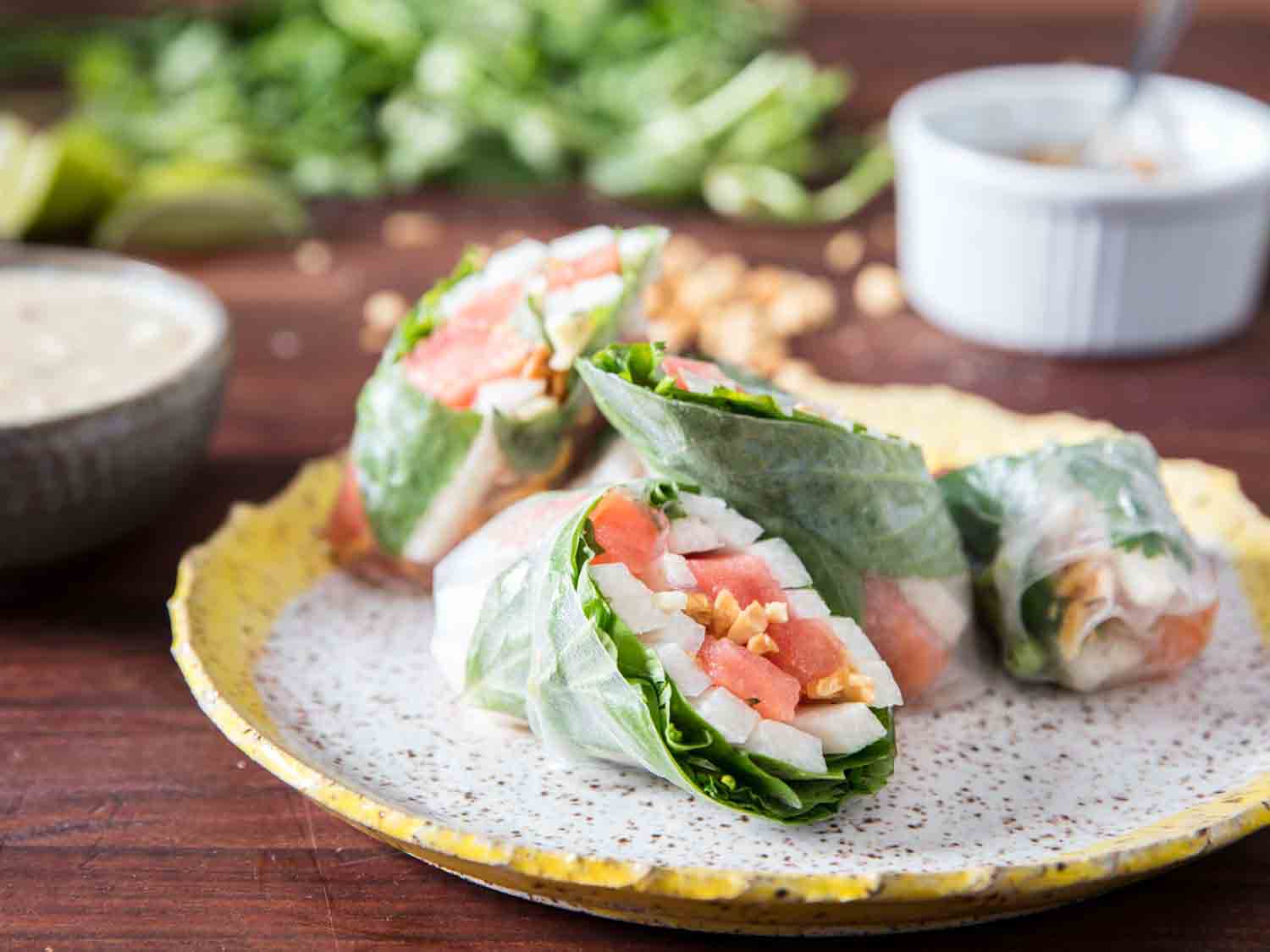
The part eaten by Jicama is a fat tuber. Its skin is thin and tough, the flesh is white, tender, crisp, sweet and juicy, without residue, and has a slightly beany taste. After raw or cooked food, Jicama can quench thirst, cool down and relieve heat Toxin, lowering blood pressure and other effects.
Jicama cultivation
Germination
Jicama seeds are hard, and dry seeds germinate slowly and unevenly. In production, germination is often used. Seeds should be selected before germination, and mature, full and fresh seeds should be selected. When accelerating the germination of Jicama, soak the seeds for 10-12 hours. After swelling by absorbing water, place them in an incubator at 25-28℃ for accelerating germination. Take out and rinse once a day. After 4-5 days, select the germinated Jicama seeds for sowing, 2-3 times Finished.Sowing
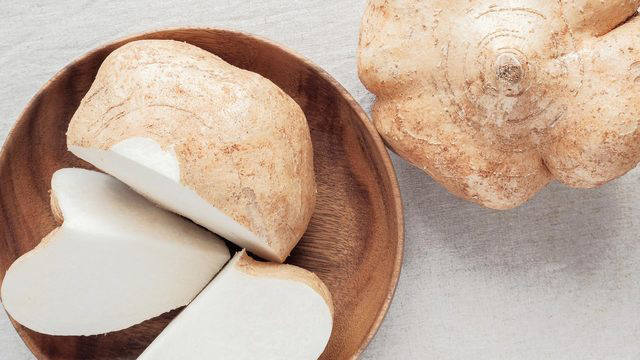
Latest Updated
- Benefits of Bugleweed - 7 Science-backed Health Benefits
- Bugleweed Dangers & Side Effects - Is It Poisonous?
- How to Plant Evergreen Trees - What You Should Know
- When to Plant Evergreens - Grow Guide for Evergreen Trees
- 12 Wonderful Evergreen Shrubs for Your Garden
- 12 Popular Evergreen Plants with Pictures for Beginners
- When And How To Prune A Lilac Bush Like a Pro
- How to Grow & Care for Lilac Vine (Hardenbergia Violacea)
- Japanese Lilac Tree (Syringa Reticulata) Care & Propagation Guide
- Shumard Oak Pros and Cons - What to Know
Popular Articles
- Winter maintenance of Antirrhinum Majus
- How to Grow Terminalia Mantaly Tree
- How to Grow and Care for Crossostephium Chinense
- How to grow Antirrhinum Majus in spring
- Peristeria Elata (Dove Orchid) Profile: Info & Care Guide
- Underwatered Snake Plant (Sansevieria Trifasciata) - Signs And How To Fix
- How to Care for Brazilian Jasmine Plant (Mandevilla Sanderi)
- How to Grow & Care for Graptopetalum Purple Delight in Summer
- Rosa Chinensis (China Rose): Plant Growing & Care Tips
- How to Care for Baby Sun Rose (Aptenia Cordifolia)